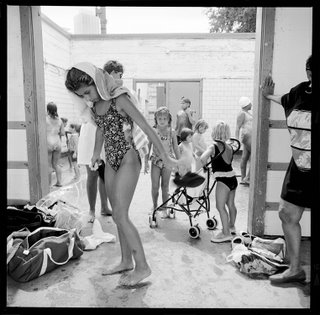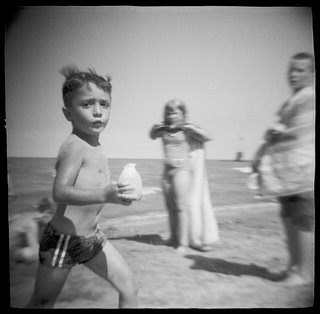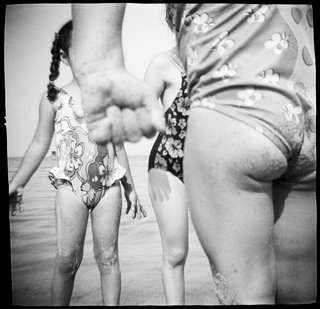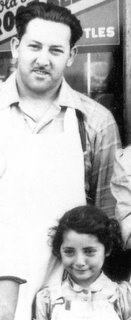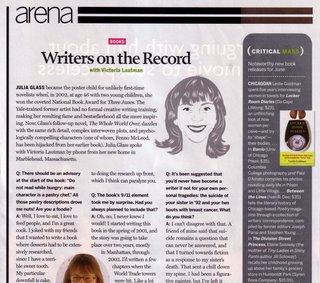
Have you heard about India’s “hugging saint?”
Mata Amritanandamayi known as “Amma” is reported to have given more than 26 million hugs. According to a recent article in Conscious Choice magazine, “Amma’s long, tender motherly enfoldment has become her trademark gesture of compassion.”
This got me to thinking, and I admit to a hugging habit myself. Admittedly not as selfless, humanitarian, or revered as Amma; and certainly not as impactful, my hugs engulf various audience members at my book signings -- especially those who offer praise for my memoir, The Division Street Princess.
As evidence of my growing habit (I’m up to about 200), here’s photos from recent events:

My good friend Phil Rozen expressing surprise at an upcoming hug. Phil is Director of Corporate Communications for Paterno Wines. Daughter Faith Soloway is in the background. This was taken at the Women & Children First event May 25th.
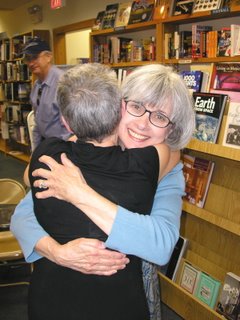
Beverly Fischmann Steinberg, an old school chum and a member of Roosevelt High School’s 1956 Reunion Committee. Bev’s been a cheerleader for the book and happily accepted this hug at the Book Stall June 20th. When not dragging people to my events, Bev is head of Help! Unlimited Personalized Timesaving Services.
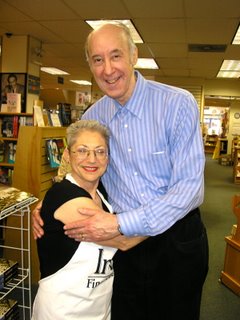
This lanky fellow is my cousin Warren, son of Mollie (Elkin) and Jack Silver. Warren, a talented writer himself, appears in my book, as does his parents. Despite the disparity in sizes, we managed a warm, familial hug.
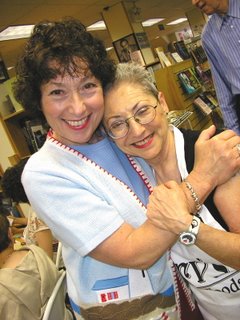
Sheila Sered Gideon, a good hugger, too, is a Roosevelt High classmate and friend.

No hugging here, just a crowd shot from the Book Stall in Winnetka where some 50 people came to hear apron-clad readings from friends and relatives. The author is viewed humbly from the back.

Ruth Gilbert, with my cousin Neil Shapiro in the background.

Cousin Renee Elkin standing and Alisa Rosenthal seated. Alisa is the daughter of my good friend Marshall Rosenthal, another Roosevelt High alumnus, and now Director of Communications and Government Relations for Golden Apple.
